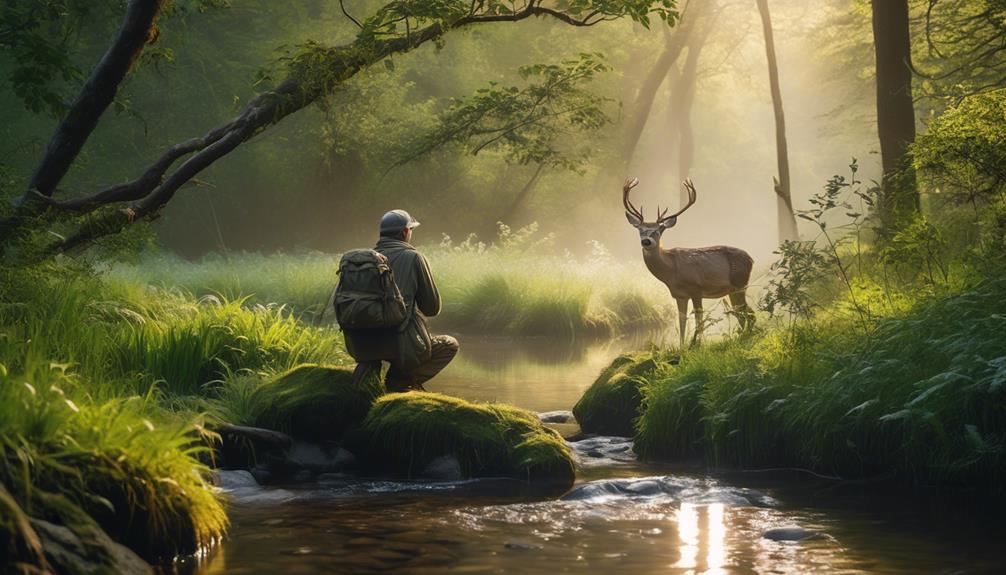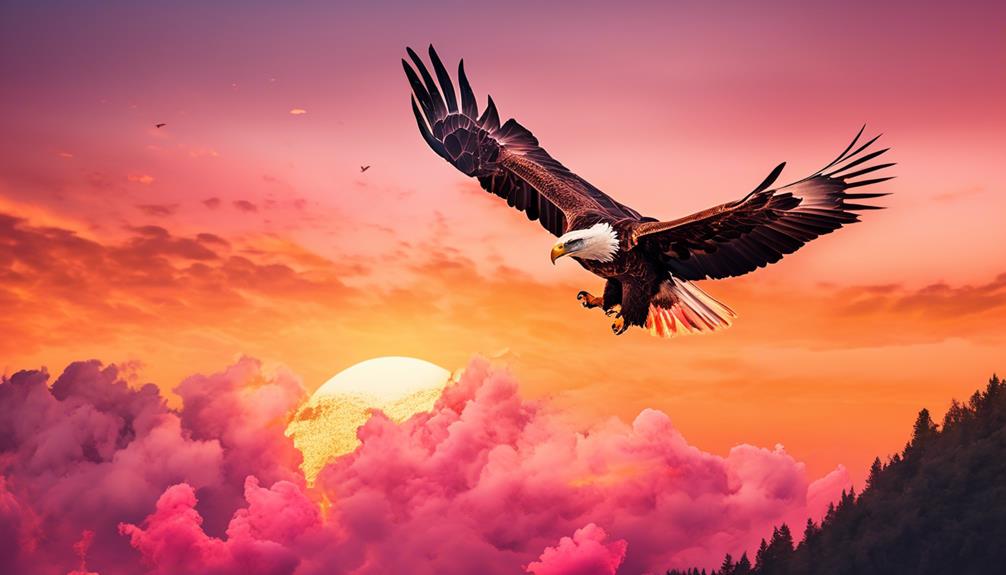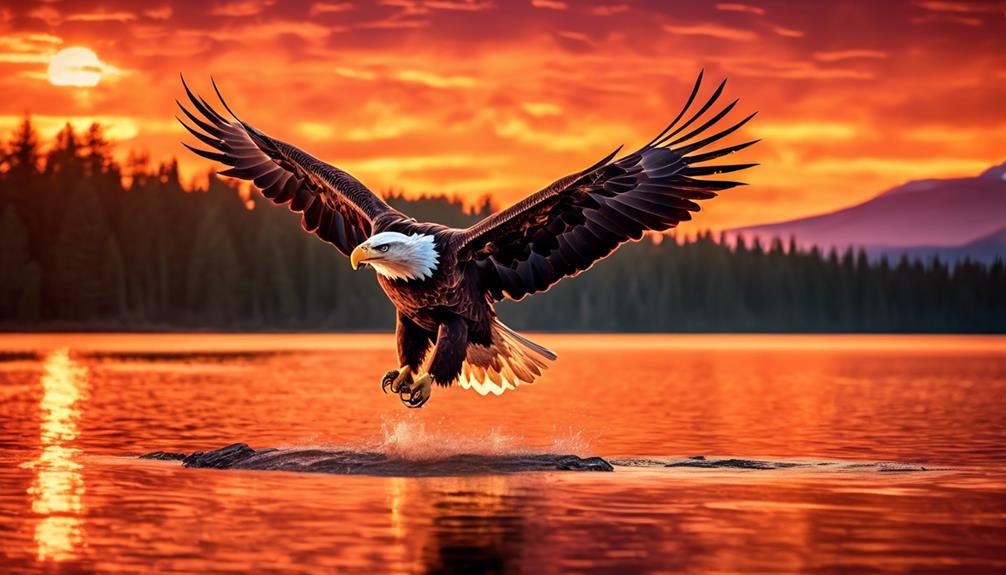Please note this post may contain affiliate links picked by me (Jay) that I have deemed may be of interest or relevant to you the reader of this.
These links do not affect the cost of the thing if you decide to purchase but i may get a little money if you choose to purchase.
For more information on my affiliate link policy click here.
As I stood there, camera in hand, I couldn't help but feel a surge of excitement coursing through me. The wilderness was alive with the sounds of chirping birds, rustling leaves, and distant roars. It was a photographer's paradise, teeming with untamed beauty waiting to be captured.
But, as a beginner in the world of wildlife photography, I knew that I needed some guidance to truly spark my passion and unleash my creativity. So, where should I start? How can I bring out the magic in my wildlife shots?
Well, my fellow adventurers, fear not, for I have gathered some top beginner tips that will set your wildlife photography journey ablaze.
Key Takeaways
- Choose the right camera settings and techniques, such as fast shutter speed and wide aperture, to capture wildlife photographs effectively.
- Research and find the right location and habitat with rich biodiversity for wildlife photography.
- Invest in essential wildlife photography equipment like a telephoto lens, tripod, and camera bag for optimal results.
- Adjust camera settings and use proper equipment when photographing nocturnal animals or capturing birds in flight.
Camera Settings for Wildlife Photography
When it comes to capturing stunning wildlife photographs, getting your camera settings just right is essential. The right camera techniques and lighting tips can make all the difference in the final result of your images.
One important camera setting to consider is the shutter speed. Wildlife is known for its quick movements, so using a fast shutter speed will help freeze the action and prevent any motion blur.
Another setting to focus on is the aperture. By using a wide aperture, you can create a shallow depth of field, which will help your subject stand out from the background and create a beautiful bokeh effect.
ISO is another crucial setting to consider. In low-light situations, you may need to increase your ISO to maintain a proper exposure, but be careful not to go too high, as it can introduce noise into your images.
Lastly, don't forget to pay attention to your white balance settings. Different lighting conditions can affect the colors in your photos, so make sure to adjust accordingly to achieve accurate and pleasing tones.
Finding the Right Location for Wildlife Shots
To capture stunning wildlife shots, it's essential to find the right location that offers a diverse range of habitats and abundant opportunities for wildlife encounters. Here are some tips to help you find the perfect location for your wildlife photography:
- Research the area: Before heading out, do some research on the location you plan to visit. Look for parks, reserves, or wildlife sanctuaries that are known for their rich biodiversity. These areas often have a higher chance of encountering various species.
- Consider the best time of day: The lighting conditions can make or break a wildlife shot. The golden hours, which are the hours after sunrise and before sunset, offer soft, warm light that can enhance the beauty of your subjects. Animals are also more active during these times, increasing your chances of capturing dynamic shots.
- Be patient: Wildlife photography requires patience. Animals may not always be readily visible, and it may take time for them to appear. Take the time to observe and wait for the perfect moment to capture a shot that tells a story.
- Explore different habitats: A location with diverse habitats provides opportunities to photograph a wide range of species. Look for areas that have forests, wetlands, grasslands, or mountains nearby. Each habitat will offer unique photography opportunities and allow you to showcase the biodiversity of the area.
Tips for Capturing Animals in Their Natural Habitat
If you want to capture truly captivating wildlife shots, there is no better way than to immerse yourself in the natural habitat of the animals you wish to photograph. Being in their environment allows you to witness their behavior and interactions firsthand, resulting in more authentic and impactful images. To help you make the most of your wildlife photography experience, here are some essential tips:
Wildlife Photography Equipment Essentials
To capture animals in their natural habitat, you need the right gear. Here are some essentials:
| Equipment | Description | Why it's important |
|---|---|---|
| Telephoto lens | Allows you to get close-up shots from a distance, without disturbing the animals. | Preserve their natural behavior and keep yourself safe. |
| Tripod | Keeps your camera steady, especially in low light conditions. | Prevents blurriness and enhances image sharpness. |
| Camera bag | Protects your equipment from the elements, while being easily accessible. | Keeps your gear safe and organized during your outdoor adventures. |
Tips for Photographing Nocturnal Animals
Capturing animals in their natural habitat doesn't have to be limited to daylight hours. With the right techniques, you can also photograph nocturnal creatures. Here are some tips:
- Use a fast lens with a wide aperture to let in more light.
- Increase your ISO to capture more details in low light conditions.
- Use a tripod to prevent camera shake and ensure sharp images.
Techniques for Photographing Birds in Flight
I absolutely love the thrill of capturing birds in flight through my wildlife photography lens. It's a challenging but incredibly rewarding experience. If you're interested in capturing action shots of birds in flight, here are some techniques that can help you achieve stunning results:
- Use a fast shutter speed: Birds move quickly, so you need to freeze their motion. Set your camera to a high shutter speed, around 1/1000th of a second or faster, to ensure sharp images.
- Track the bird's movement: Follow the bird with your camera as it flies. Keep your focus on the bird's head or eye and continuously adjust your composition to keep the bird in the frame.
- Shoot in burst mode: Birds move unpredictably, so shooting in burst mode will increase your chances of capturing the perfect moment. This way, you can choose the best shot from a series of images.
- Consider shooting in low light conditions: Birds are often most active during dawn and dusk, which can present challenging lighting conditions. Experiment with higher ISO settings and wider apertures to maintain a fast shutter speed while still capturing enough light.
Composition Tips for Stunning Wildlife Images
Capturing birds in flight is an exhilarating experience, and now that you have mastered the techniques, let's dive into the art of composition to elevate your wildlife images to stunning new heights. Composition plays a crucial role in creating visually captivating photographs.
By following the rule of thirds, you can create a balanced and dynamic composition that draws the viewer's attention to the subject. Imagine dividing your frame into a grid of nine equal parts with two horizontal and two vertical lines. Place the main subject of your image along these lines or at their intersections, rather than in the center. This simple technique adds interest and visual tension to your photos.
Another composition technique to consider is using leading lines. These are lines within the frame that lead the viewer's eye towards the subject. It could be a branch, a river, or even a path. By strategically placing these lines within your frame, you can guide the viewer's gaze and create a sense of depth and dimension in your images. Experiment with different angles and positions to find the most compelling leading lines that enhance your wildlife subjects.
Frequently Asked Questions
How Do I Choose the Right Camera for Wildlife Photography?
When choosing the right camera for wildlife photography, it's important to consider the specific camera features that will enhance your shots.
Look for a camera with a fast burst mode to capture those quick wildlife moments, a high ISO range for low-light conditions, and a good autofocus system to ensure sharp and clear images.
Don't forget to invest in other essential wildlife photography equipment like a telephoto lens and a sturdy tripod for stability.
Happy shooting!
What Are Some Common Mistakes to Avoid When Photographing Wildlife in Their Natural Habitat?
When photographing wildlife in their natural habitat, there are a few common mistakes to avoid.
One of them isn't paying attention to composition. It's important to frame your subject in a way that's visually appealing and tells a story.
Another mistake isn't being patient enough. Wildlife photography requires waiting for the perfect moment to capture that incredible shot. So take your time, observe your surroundings, and be prepared for that magical shot.
How Can I Capture Sharp Images of Fast-Moving Animals?
Capturing sharp images of fast-moving animals can be a real challenge. But fear not! With the right camera settings and techniques, you can freeze those precious moments in time.
First, make sure you have a fast shutter speed to eliminate motion blur.
Secondly, use continuous autofocus to track and focus on your subjects as they move.
Lastly, don't forget to anticipate their movements and be patient.
These tips will surely help you capture stunning images of wildlife in motion.
Are There Any Specific Camera Settings That Work Best for Photographing Birds in Flight?
When it comes to photographing birds in flight, there are some specific camera settings that work best.
First, set your camera to continuous autofocus mode to ensure sharp focus as the bird moves.
Secondly, choose a fast shutter speed to freeze the action and capture the bird in motion.
Lastly, consider using a wide aperture to create a shallow depth of field, isolating the bird from the background.
These tips for capturing wildlife in action will take your bird photography to new heights!
What Are Some Post-Processing Tips to Enhance Wildlife Images?
When it comes to enhancing wildlife images in post-processing, there are a few tips that can make a big difference.
One important aspect is enhancing colors to make the subject stand out. Adjusting the saturation and vibrance can bring out the natural beauty of the wildlife.
Another tip is removing distractions from the background. Using tools like the clone stamp or healing brush can help eliminate any unwanted elements that may take away from the main subject.
These techniques can really take your wildlife photography to the next level.
Conclusion
So there you have it, a few beginner tips to help you spark your wildlife photography journey.
I know it can be intimidating at first, but with the right camera settings, location scouting, and techniques, you'll be capturing stunning images of animals in their natural habitat in no time.
And if you're worried about not having the most expensive equipment, remember that it's the passion and skill behind the lens that truly brings a photograph to life.
So go out there, explore, and let your love for wildlife shine through your images!


